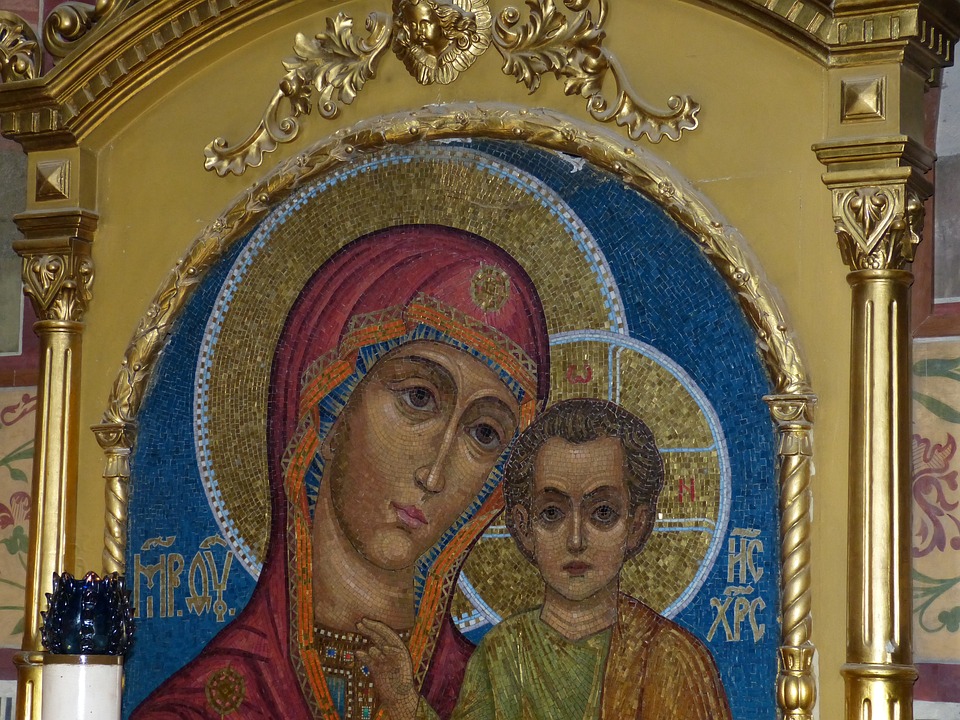News blog - artistravel international
Why Babies in Medieval Paintings Look Like Ugly Old Men
Imagine you are wandering around in a museum, admiring paintings of stunning landscapes, walking through aesthetically pleasing halls, standing in front of skilfully created sculptures of flawless-looking bodies, everything looks fancy and artistically perfected – and then it happens: you see a super ugly medieval baby. Interesting enough, there is actually a reasonable explanation for that uncanny depiction of human infants.
So, why do babies in medieval paintings look like rather ugly middle aged men? It goes as far as it might seem as if medieval artists were just bad at drawing – but that is not the reason. Or at least there was an actual intention. While there were breakthroughs in anatomy and perspective that happened later in the Renaissance, ugly medieval babies were an intentional choice before that time. Medieval portraits of children were usually commissioned by churches, so most of these babies were depictions of Jesus and Mary. They were influenced by the idea of the homunculus, which is Latin for “little man”. These babies looked like a version of Benjamin Button because philosophers believed that Jesus was born perfectly formed and unchanged. The adult Jesus was represented in the baby Jesus – at least until the Renaissance, when everything changed. Generally, we think of the Middle Ages lasting from around the 5th to the 15th century, and it kind of overlapped the beginning of the Renaissance in the 14th century. The Renaissance probably began in Florence, Italy, but it is important to note that it unfolded over centuries and countries in a time when everything moved slowly. So it was not “instant beautiful babies everywhere”. Still, the change in style happened, and it happened for a couple of reasons. Suddenly, places like Florence were getting richer and churches weren’t the only places that could afford paintings. Now, non-religious art flourished and people could get their own babies painted. And they wanted them to look like as they were – cute, chubby, innocent toddlers, not…homunculi. Because the Renaissance was all about classics, they looked at Greek and Roman art, which was all about idealised forms that ditched the medieval abstraction for beauty. The point is that after the Renaissance, cherubs did not seem out of place, and neither did cuter, actual “baby”-pictures of baby Jesus as the Renaissance spread through Europe. And it has stayed that way since – we want our babies to look like cheek-pinchable loveliness, not like an elderly creep.
Posted in Artists, Creativity, Painting on Oct 18, 2019


